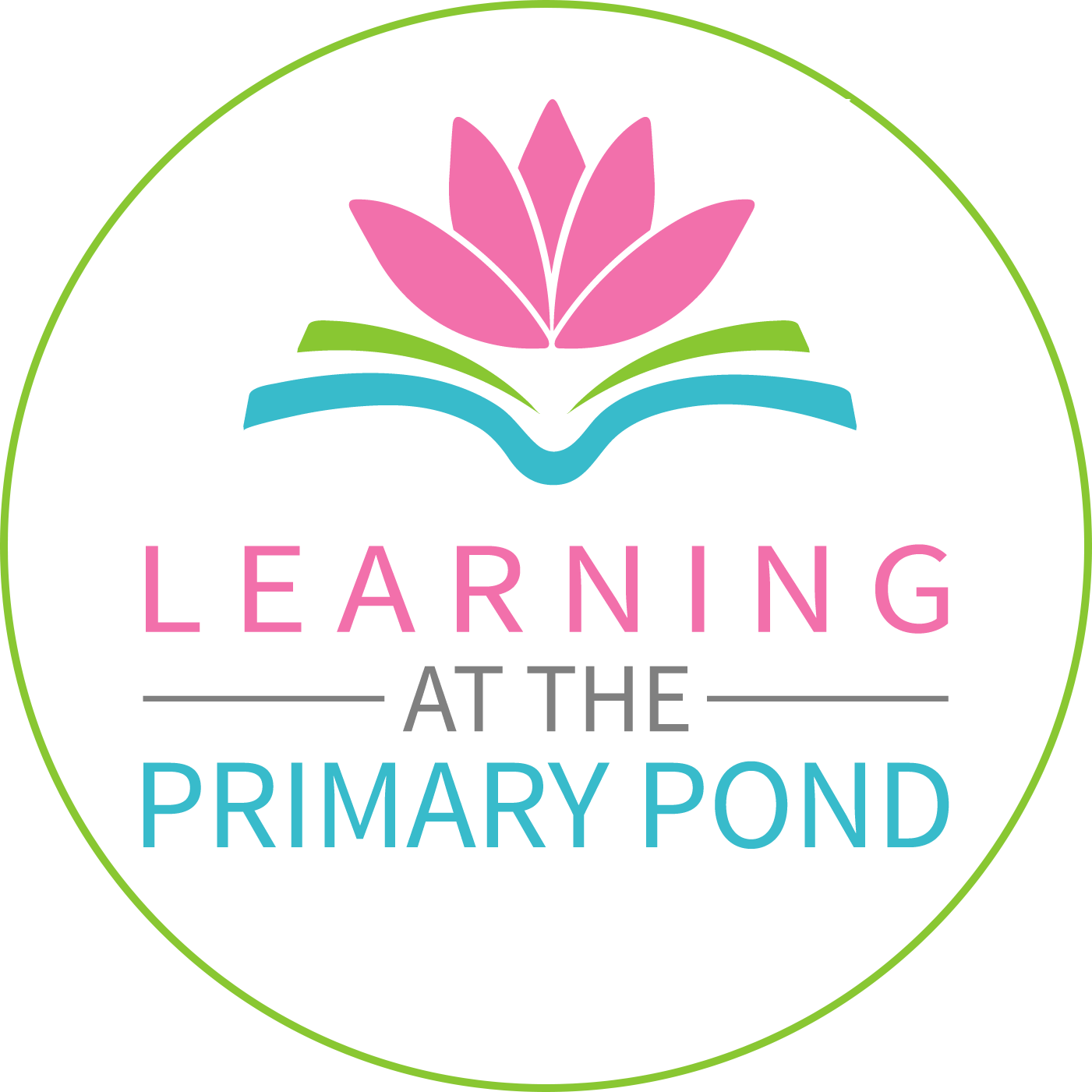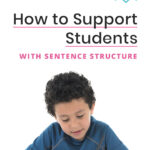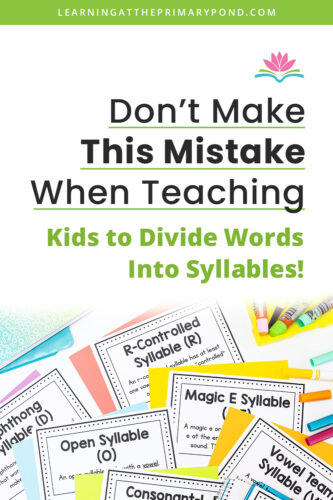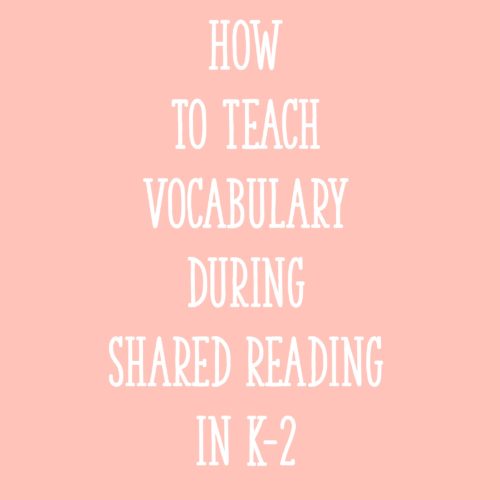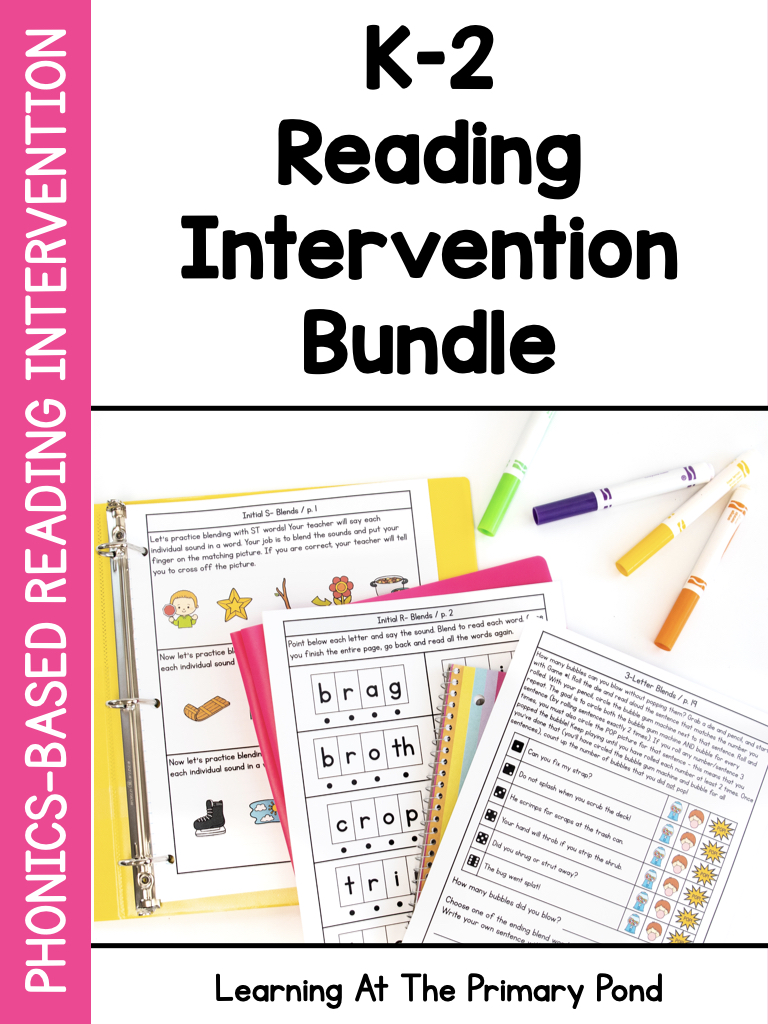Imagine this: You’ve just finished a lesson on how to write sentences with your K-2 students. They’re excited to write independently, and you’re eager to see their progress. But when you start to look over their work, you find sentences like these: “A Red cAr,” “went to park,” “at THE store,” “my mom hug,” or even “my dad plays dog and me at the park we driv hom.”
Sound familiar? You’re not alone! Many teachers experience similar struggles when students write sentences. The errors teachers see include capitalization, punctuation, spelling, sentence fragments, and run-on sentences.
Sentence writing is a common challenge for students, even beyond kindergarten and first grade. While there are many reasons why students struggle, they are capable of writing complete sentences!
If you’re looking for tips or strategies to use when teaching students how to write sentences, I’m here to help! In this blog post, I’ll share with you 3 tips to help your students in grades K-2 write sentences that are both logical and complete.

What makes sentence writing so challenging?
Writing is a complex process, involving a number of steps, which is what makes it so challenging.
First, students must decide what they want to say. This includes identifying their main point, organizing their ideas, and selecting supporting details.
Then, they must communicate their ideas by applying a number of foundational literacy skills all at once. These skills include:
- letter formation (handwriting)
- spelling
- word choice
- directionality (writing left to right)
- applying proper grammar
- using syntax (ordering the words in a way that makes sense)
All of these skills are applied simultaneously, requiring significant cognitive effort.
We can think of this as students’ “cognitive load” being very heavy. It’s as if they were carrying a backpack loaded with books – and each one of those foundational literacy skills is a very heavy book. It’s no wonder that many young writers struggle with sentence writing!
As teachers, we can help our students manage the cognitive load by modeling the writing process (both the thinking and the writing) and explicitly teaching them about sentence structure, planning, and completeness.
Read on for three tips to help your students write sentences that are strong and complete!
Tip #1: Provide students with a structure and a topic to write about.
My first tip is to give students both a writing topic and a sentence structure to follow.
Provide a topic by using a simple picture or scene. The image should have a clear focus to avoid overwhelming students with details.

Alternatively, you can simply tell students the topic: “Today, we’ll write a sentence about ________.
Keep the topic simple and focused. For example, in my Blast Off to Sentence Writing Unit, students write about planets and space, focusing on a specific planet or part of the solar system in each lesson.
After introducing the topic, model the writing process. Think aloud as you decide what to write. Orally rehearse your sentence, then draw a line for each word. This visual representation helps students remember their sentence. Finally, write the sentence, modeling correct capitalization, punctuation, and spelling.
Here’s a sample of teacher modeling (for early writers, like Kindergarten or 1st grade) from my Blast Off to Sentence Writing Unit:
“First, I’m going to write a sentence about Jupiter. Did you know that you can see Jupiter sometimes at night? It can look like a really bright star, but it’s actually Jupiter, a planet! The sentence I’m going to write is, ‘You can see it.’ Can you say that sentence with me? You can see it. I drew one line for each word in my sentence.” (The lesson plan itself includes further dialogue to use when modeling this process!)

After modeling, students then write their own sentence about Jupiter.
If your students need more support before writing independently, repeat the modeling process as a whole class, guiding them in creating a sentence together. This guided practice, combined with modeling and independent practice, is known as the gradual release of responsibility model. You can learn more about this effective teaching strategy in this blog post: How to Use the Gradual Release Model to Strengthen Student Writing.
Tip #2: Use a graphic organizer to plan and write sentences.
My second tip is to use graphic organizers to help students plan their sentences, visualizing the parts of a sentence before writing.
A simple graphic organizer can help you teach students about sentence parts. For younger students, we typically use the language of “a naming part” for the subject, and a “telling part” for the predicate.
Following the same modeling process as in Tip #1, first model identifying sentence parts, then completing the graphic organizer, and, finally, writing the sentence based on the organizer. Students can then practice with you (guided practice) or independently.

For older students, use prompts like “who/what,” “is doing,” and “where” to encourage more detailed sentences. More complex graphic organizers can also be used with older or more advanced students. The example below comes from my Building Sentences Practice Sheets Unit.

Tip #3: Use visuals and checklists to support sentence writing.
After implementing the first two tips, you should see improvement in your students’ sentence writing!
My final tip for helping students write sentences is to provide them with reference tools, such as posters and writing checklists, during the writing process.
These tools give students support as they work – without that support being YOU! Because when you have a large class of students, kids need to be able to work independently, rather than waiting for you to come over to assist them.
A poster that outlines the parts of a sentence serves as a visual reminder that students can refer to when they are writing. Here are two examples of posters from my Blast Off Unit:


A writing checklist reminds students what to include in a sentence. Checklists are both visual aids and self-monitoring tools. They encourage students to review their work and ensure they’ve included all the necessary elements. Plus, students find it motivating to check off each item!
Checklists can be differentiated depending on the age or level of your students. Here are two examples of differentiated checklists from my Blast Off Unit:

And here is an example where I include a writing checklist on students’ writing paper:

Conclusion
Are you ready to help your students write sentences, transforming “my mommy hug” into “My mommy hugs me.”? My Blast Off to Sentence Writing Unit has everything you need to help your students write complete, meaningful sentences.
In addition to the 3 tips outlined above, this unit also includes lessons on:
- Using what we know to spell words
- How to reread and edit a sentence
- How to spot incomplete and run-on sentences
- How to expand sentences with adjectives and “wh” questions
- How to combine sentences with conjunctions
My Blast Off Unit is also geared towards both beginning and intermediate writers, with different types of lessons that make it easy for you to differentiate your instruction and materials!
Visit my TPT Store to purchase your unit and turn your students into strong, confident writers!
And if you need even more support with teaching writing in K-2, check out my Writing SOS Masterclass!
This prerecorded video training covers research-based strategies for getting K-2 students writing on grade level. Learn more about the Masterclass by clicking HERE!
Happy teaching!
